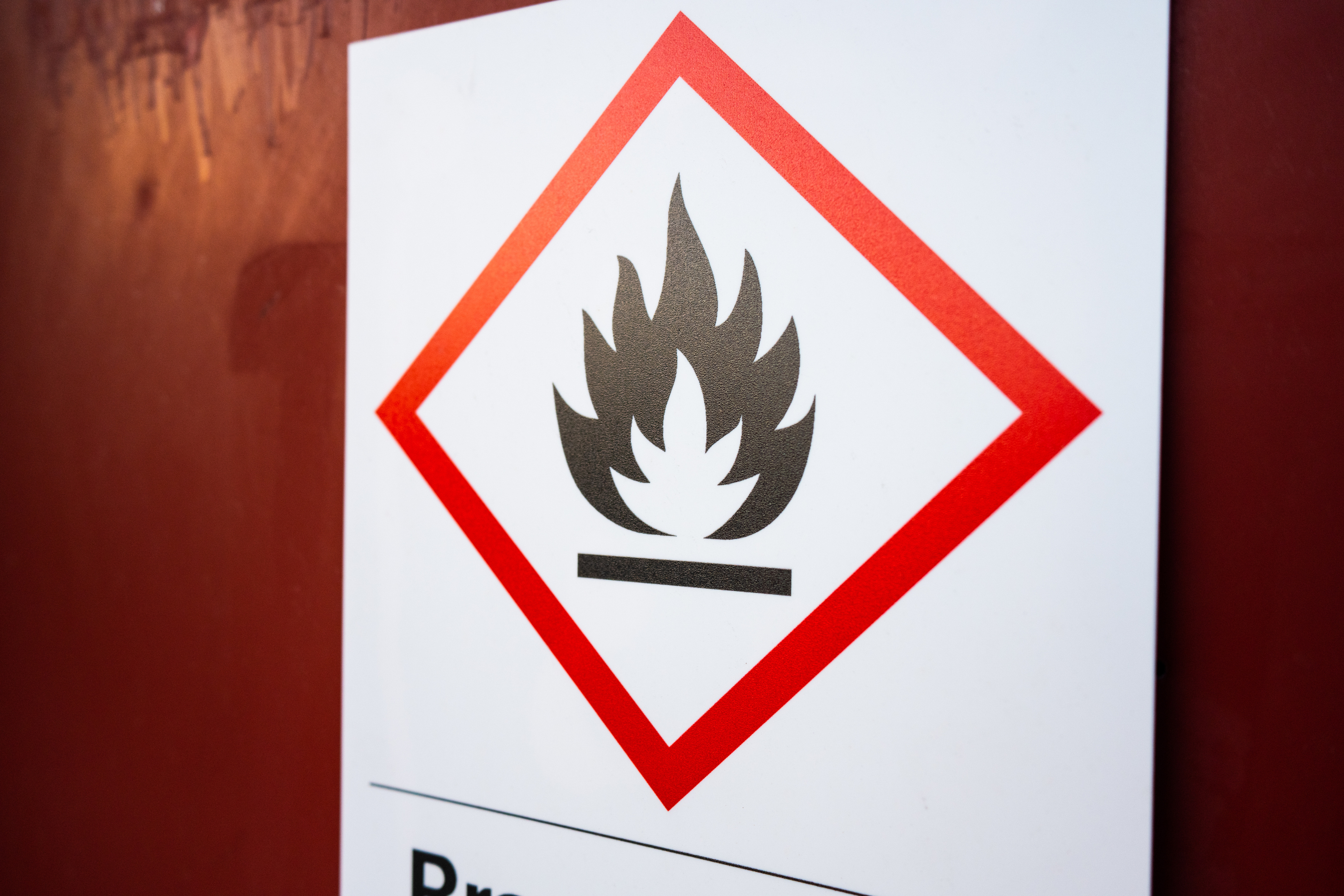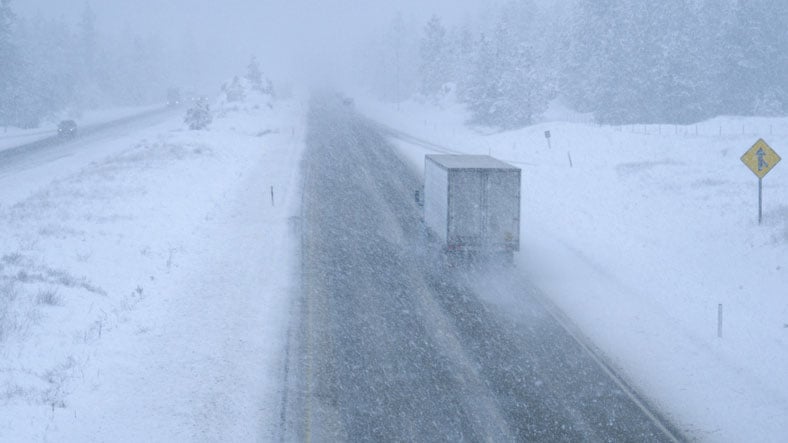Healthcare Industry Faces NFPA 45 Fire Code Update: Are You Compliant?
The healthcare industry may be finding itself scrambling to comply with a recently issued major update to the national fire standard.
Earlier this year, the National Fire Protection Association (NFPA) published the NFPA 45 Standard on Fire Protection for Laboratories Using Chemicals. The newest edition expands NFPA 45’s scope to cover healthcare laboratories—alongside those of life sciences and academic organizations.
These new rules have hit just as districts nationwide are increasing their focus on NFPA 45 enforcement. Now, environmental, health, and safety (EHS) operations managers must adapt to these updates—and affected facilities may be forced to address scores of fire code issues.
Failure to adapt to the new guidance exposes labs (and their adjacent or hosting facilities) to risk, and may result in failed inspections, fines, and worse. So, now is a great time for healthcare managers to get ahead of the changes—before the inspectors come knocking.
Fire Code Compliance: Key Healthcare Demand
This blog has covered just how crucial the lab fire code is across many industries to promote safety. Regrettably, too many EHS administrators aren’t sure just what their responsibilities are. And now, for healthcare organizations, the implications of this 2024 update are widespread.
At the federal level, NFPA’s new requirements add to existing guidelines from the:
- Occupational Safety and Health Administration (OSHA)
- Environmental Protection Agency (EPA)
- Department of Transportation (DOT)
Additionally, the new rules:
- May necessitate at least minor adjustments in any given healthcare laboratory operation
- Bring new requirements for the use of lab ductless fume hoods
- Clarify requirements for secondary egress routes
- Introduce requirements for stored energy systems (such as the creation of risk assessments)
Handling, Storage, Fume Hood, and Lab Equipment Demands
A close review of the new guidelines will enable managers to respond accordingly and stay in full compliance. Several key areas will see some of the most serious impacts, including:
1. Chemical handling and storage
- Laboratory hazardous chemical and container weights are limited to 20 liters/5 gallons (including hazardous waste containers).
- Chemical inventories must stay within the applicable maximum quantities for each laboratory unit.
- Chemicals cannot be stored in fume hoods.
- Individual liquid waste containers stored in laboratory work areas can’t exceed 20 liters/5 gallons.
- Chemical waste quantities will factor into the maximum allowable volumes of chemicals in each lab unit.
- Not “in-use” compressed gas cylinders must be stored outside the laboratory unit.
- All sashes on unattended fume hoods must be fully closed.
- Laboratory equipment must undergo a hazard analysis and risk assessment—including stored energy (the amount of energy used when equipment is idle).
New Healthcare Lab Code Requirements
There are also a myriad of other fire code requirements:
Laboratory unit hazard classifications:- Are required for all laboratories regardless of industry or occupancy
- Affect healthcare facility laboratories limited to Class C or D unit classifications
- Apply to healthcare facility laboratories limited to 50% of allowable limits for ignitable liquids in Class C units
Life safety requirements:
- Class A, B, and C laboratory units are classified as industrial occupancies, as defined in NFPA 101
- Educational laboratory units are classified as educational occupancies, according to NFPA 101
- Class D laboratories located in business occupancies must comply with NFPA 101 requirements
Secondary egress routes are required when:
- A laboratory work area contains an explosion hazard where an incident would block escape/access
- A laboratory work area within a Class A laboratory unit exceeds 46.5 square meters/500 square feet
- A laboratory work area exceeds 93 square meters/1,000 square feet (if it is a Class B, C, or D)
- A cryogenic container or a compressed gas cylinder that is larger than a lecture bottle is sited, and where it could block safe escape if contents are released
Continuous ventilation is needed when:
- Chemical-containing laboratory units and laboratory hoods are operating in normal conditions—this applies even if there are fume hoods
- If exhaust ventilation systems are down, managers must:
- Shut down any affected laboratory operations until the ventilation is restored
- Safely secure or store any hazardous materials until ventilation is operating
Ductless fume hoods can:
- Be used for specific chemicals, only in the quantities they were designed to handle
- Replace ducted fume hoods in specific applications, but only after review and approval by:
- A qualified design professional
- A safety officer
- The appliance manufacturer
Conditions for educational/instructional laboratory operations:
- During experiments with hazardous materials, the instructor must provide:
- A documented hazard risk assessment
- A student safety briefing
- Personal protective equipment (PPE)
- A safety barrier between students and the demonstration/experiment
- Teaching lab instructors must also be trained and knowledgeable about:
- Fire safety procedures
- Emergency action plans
- Lab dangers
- Appropriate PPE use
- How to properly conduct a hazard risk assessment
Partnering for NFPA Lab Healthcare Compliance
Complete healthcare lab fire code compliance is challenging. Fortunately, there are partners with deep experience in healthcare and related industries that can help you succeed—Triumvirate Environmental is such a partner.
We understand such concepts as lab fire code compliance, safe and efficient chemical inventory management, the maximum allowable quantities (MAQs) of chemicals, and the like. Better yet, we also have vast experience in the field in these key areas. Talk to us today.







